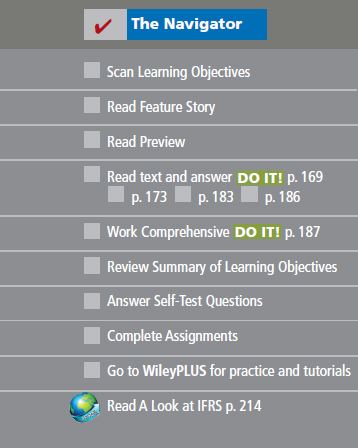Chapter 4 Completing the Accounting Cycle


Learning Objectives
After studying this chapter, you should be able to:
- Prepare a worksheet.
- Explain the process of closing the books.
- Describe the content and purpose of a post-closing trial balance.
- State the required steps in the accounting cycle.
- Explain the approaches to preparing correcting entries.
- Identify the sections of a classified balance sheet.
![]()
Feature Story
Everyone Likes to Win
When Ted Castle was a hockey coach at the University of Vermont, his players were self-motivated by their desire to win. Hockey was a game you either won or lost. But at Rhino Foods, Inc., a bakery-foods company he founded in Burlington, Vermont, he discovered that manufacturing-line workers were not so self-motivated. Ted thought, what if he turned the food-making business into a game, with rules, strategies, and trophies?
Ted knew that in a game, knowing the score is all-important. He felt only if the employees know the score—know exactly how the business is doing daily, weekly, monthly—could he turn food-making into a game. But Rhino is a closely held, family-owned business, and its financial statements and profits were confidential. Ted wondered, ...
Get Financial and Managerial Accounting now with the O’Reilly learning platform.
O’Reilly members experience books, live events, courses curated by job role, and more from O’Reilly and nearly 200 top publishers.

